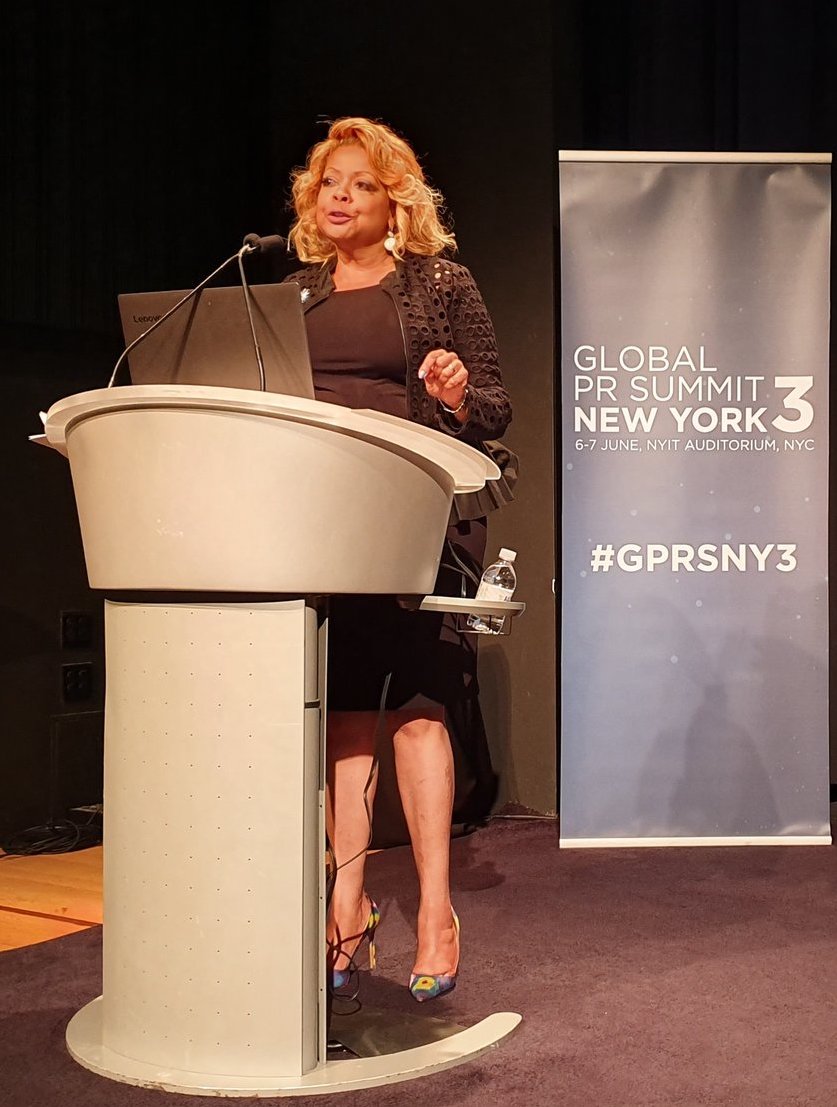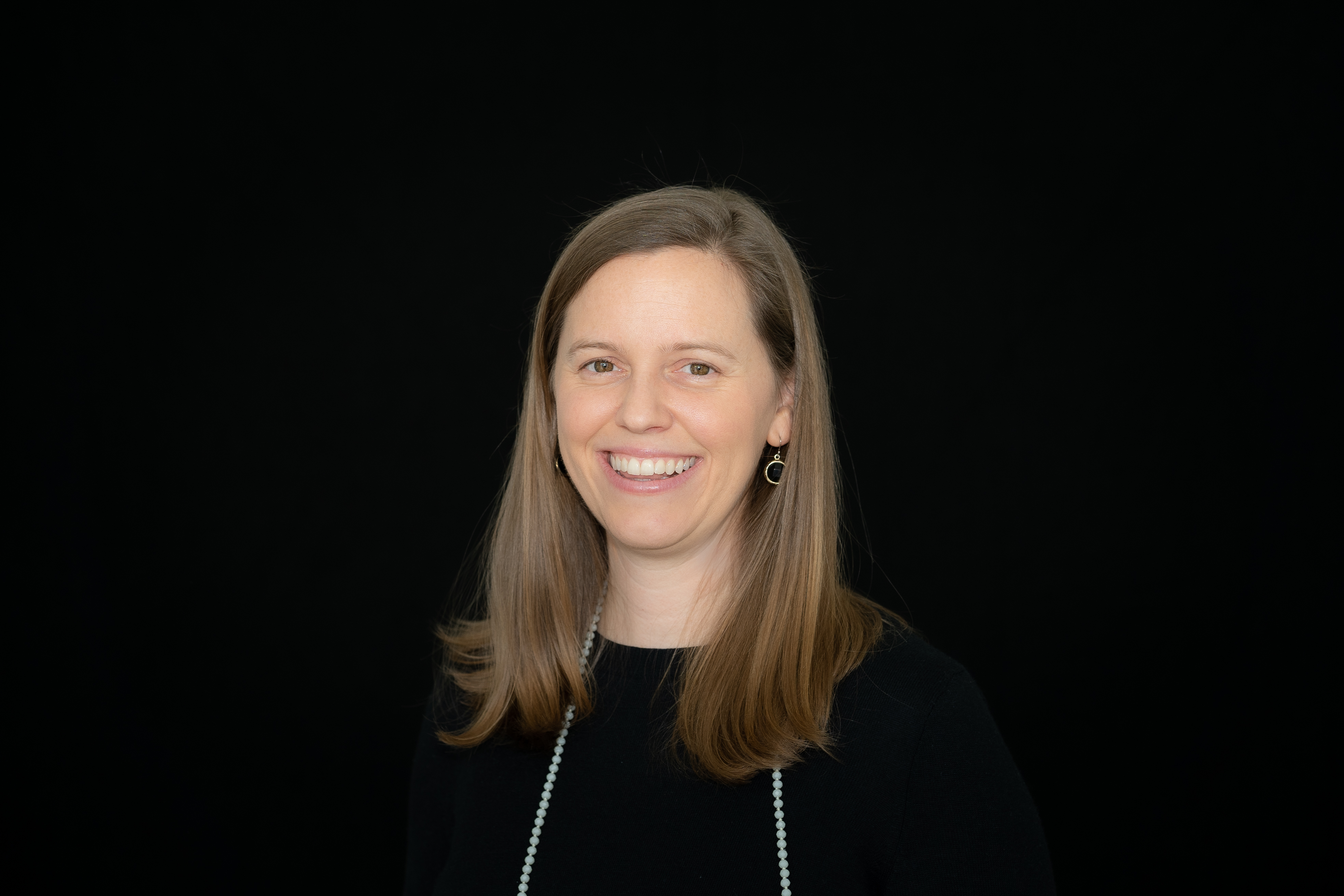Conference Recap: Global PR Summit New York 3
By Amy Jacques
August 2019
The third edition of the Global PR Summit, presented by P World, took place on June 6–7 in New York at the NYIT Auditorium on Broadway. Here are some highlights from the event:
Digital Disruption & Transformation: How to Change Traditional Companies Into Digital Superstars
“It’s important to tell stories about characters that people can hang onto, and can keep growing and developing,” said Lars Silberbauer, senior vice president, MTV Digital, Viacom. “We want to make sure we are not just the ones telling stories, but that fans and consumers do too.”
From his time working at LEGO, Silberbauer shared that the company had to change their traditional mindset to one that was more fun and story-driven, and did this by using social media a lot. “Put the audience first,” he said, “and keep up with tech disruptions.”
The pace of change is only accelerating, he said, mentioning disruptions such as artificial intelligence, blockchain, augmented reality, big data and cloud computing.
“A business that wants to create success in social media must understand social needs and also [understand] the rest of the world,” said Silberbauer.
“Social media is nothing but a set of technologies that enhances social nature. If we want to be disruptors, we need to create and dare to bring our imagination to life — and see what our ideas actually look like in the real world.”
How we deal with disruption is important , he said. For example, it takes 15 seconds to convey a message through music on TikTok. And, as a PR pro, you have to decide whether to ignore a disruption, react to it, predict and embrace it, or create it.
“The two keys to leading on social media (core social needs) are building together and the pride of creation,” he said. “The goal is not to be the best at one specific thing, but to be the best at adapting to, predicting and creating change in the digital landscape.”
When taking a traditional brand to a new level, you must innovate, inspire, focus on community and utilize your influencers, Silberbauer said.
Here are some tips for approaching digital disruption and transformation:
- Remember that the core competency is agility.
- Don’t craft a message; create a stage.
- Move at the pace of the consumer.
- Embrace diversity.
- Create business impact.
- Do the right things, not the usual things.
Diversity, Inclusion & Belonging in PR: The Fierce Urgency of Now
“We need to be more inclusive and better able to engage. Now, more than ever, we need to recruit, retain and develop a diverse workforce of people with various backgrounds,” said Judith Harrison, senior vice president of diversity and inclusion at Weber Shandwick.
Diversity is not just about race and gender, she said. It’s all of the things that go into making us who we are and that impact the way we look at the world. Inclusion is about what we do. It’s about creating an open, collaborative environment and culture.
Harrison noted that millennials are significantly more likely than older generations to consider the diversity and inclusiveness of a workplace to be an important criterion in their job search (47 percent of millennials agree), and that “multicultural teams are high-performing teams.”
Of all PR specialists, she said, 82.8 percent are white, indicating that “diversity and inclusion in the profession is a hair-on-fire emergency.”
“Diversity without inclusion is meaningless. Diversity and inclusion connects to the head; a sense of belonging connects to the heart. Belonging means employees believe they can bring their true, authentic self to work, free to express their opinions,” she said.
Belonging is critical for growth, Harrison continued. When people have to suppress part of who they are when they come to the office, it can keep them from growing and advancing at work. We should embrace the differences that everyone brings to the table.
“Diversity is being invited to the party. Inclusion is being invited to dance. And belonging is dancing like no one is watching. That’s what we want people to feel, and it’s one of the most important things we can create at our organizations,” said Harrison.
“Diversity and inclusion is not an HR initiative. It’s not an initiative at all; it’s a strategic imperative, it's a leadership function and it should be everyone’s job, every day.”
Data Security & Privacy: The Role of Communications in Earning and Maintaining Trust
Due to privacy concerns, this year, 51 percent of people have not clicked on an online ad, 44 percent have withheld personal info, 36 percent have stopped using a website, 32 percent have not downloaded an app or product, 29 percent have stopped using an app and 28 percent stopped an online transaction, said Gary Davis, chief consumer security evangelist and vice president of consumer marketing at McAfee.
“If you can’t find a way to tell people to interact with your brand and trust you, then it’s going to be really hard for you to grow and succeed as a brand,” he said. “People trust you to keep private things private.”
After a privacy breach, the recovery time for a brand’s reputation is more than a year. “Data is currency,” he said. “Information sold on the dark web is worth 10 times more than a breached credit card.”
Protect your data because it costs $158 per record to fix after a data breach and there’s approximately $184–$330 million in loss of brand value, Davis said.
Instead of spreading panic when there’s a breach, educate and inform people; don’t make it about selling.
“If you use privacy as a differentiator, you’d better not violate that goodwill,” Davis said, adding that 25 percent of consumers trust Apple with personal information while 7 percent trust Coca-Cola.
“Seventy-four percent of people have limited their online activity in some way because they are worried about their own privacy or a potential data breach,” Davis said.
When it comes to cybersecurity and your brand:
- Only collect what you need.
- Stay informed.
- Use privacy as a differentiator.
- Be transparent.
- Plan for the worst.



